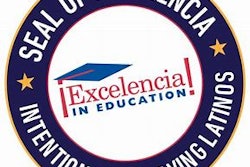Tucked inside nearly 1,200 pages of the Higher Education Act, Congress has inserted a variety of new or expanded policies that may help more low-income students attend and succeed in college.
In addition to a $9,000 authorized Pell Grant and more aid to minority-serving colleges — which are among the bill’s high-profile provisions — the Higher Education Opportunity Act has programming to help single parents and part-time students, expand loan forgiveness to graduates in high-need professions and reward states for their support for public higher education.
“This historic legislation seeks to help ensure that the prospect of attending and graduating from college does not become an impossible dream in America,” says Rep. John Tierney, D-Mass., chief author of one new provision, a state “maintenance of effort” rule that would punish states failing to maintain current levels of spending on higher education.
States that fail to sustain their funding would lose access to a college-access challenge grant designed to increase enrollment of low-income students.
The provision is “a critical measure toward stemming the tide of steep tuition increases at public higher education institutions across the country and making college more accessible to all qualified students,” he adds.
The federal government also would gain more authority to regulate private loans, a fast-growing segment of student borrowing that has come under criticism for high fees and interest rates levied against needy students.
The new bill requires more consumer disclosures about private loans, and colleges must notify students about other federally subsidized aid that may be available to them as an alternative to this more costly borrowing.















